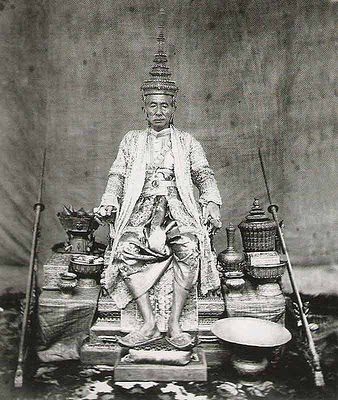It appears the late seventh, early eighth centuries Byzantium was in a state of chaos with a succession of failed rulers, ending only with the ascension of Leo III.
What I find of mild interest is that the Emperor Leo overthrew, Theodosius III, was allowed to take on holy orders (according to the good folk at Wikipedia, on this day in 717) rather than the more usual quiet and often brutal execution, or simply being cast into a dungeon, sometimes with food being occasionally served, sometimes not, but never to be heard of again.
What exactly happened with the former Emperor, now priest isn’t clear. Maybe he became bishop of Ephesus, although some scholars opine that bishop was actually his son. Whichever, father or son, that bishop’s sole claim to fame appears to have been taking an active role in the iconoclastic controversy. Exactly how is a bit less certain, although he was at the controversial Council of Hieria, which denounced the use of icons, and which was later repudiated as a “false” Council by the Catholic and Orthodox mainstream.
For me, just a half a thought about someone moving from ruling a state to becoming a priest. It may be seen as an alternative to killing a former king, and as I recall this isn’t the only incident like this, where by taking their vows, the former ruler becomes ineligible to rule again.
Of course vows can be renounced.
Which is what I find myself more thinking about.
In particular this stream of consciousness lose logical association brings me to think of Phra Bat Somdet Phra Poramenthra Maha Mongkut Phra Com Klao Chao Yu Hua, Rama IV for short, and to many Westerners King Mongkut, of the Anna and the King of Siam renown. Yes, the character played by Yul Bryner. But in fact a vastly different person that portrayed in the play and film, and in the memoir upon which they were based. There are reasons those productions were banned in Siam, now Thailand.
Rama IV continues to be the most revered leader in Thailand’s history. He innovated many cultural reforms, most significantly, perhaps, abolishing slavery in his country.
And before ascending to the throne he was a Buddhist monk for many years and when he was named king was actually the working abbot of a monastery.
What a former king brings to the religious life might be interesting.
What a former monk brings to ruling is even more so.
And while it so obviously could play out differently, I’m pretty sure in the case of Rama IV, his many reforms so numerous that he is often considered a combination of George Washington and Abraham Lincoln among the Thai people, seems obviously connected to his years of religious life.
I would like to think.













